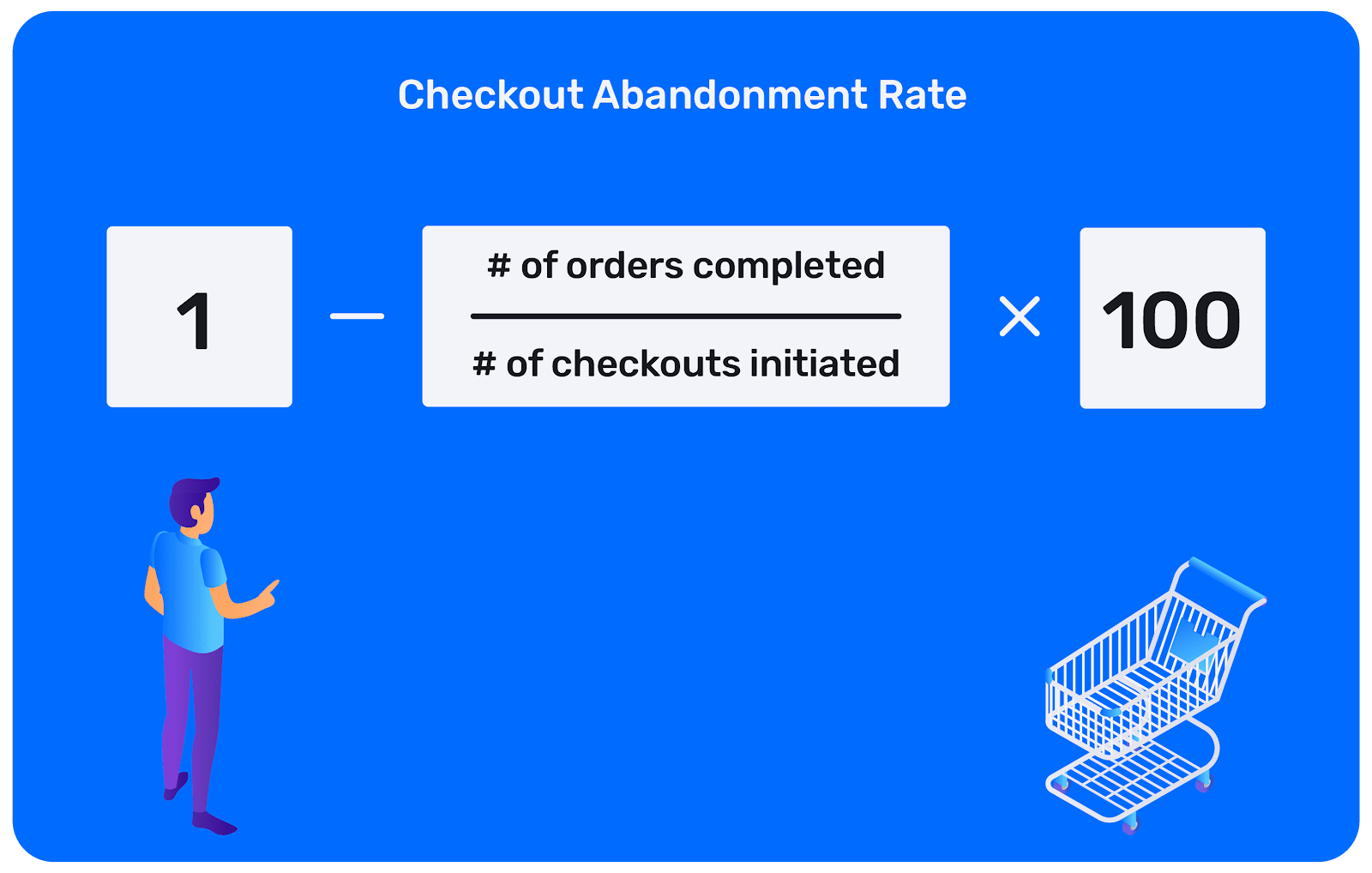HOW TO REDUCE THE AVERAGE CHECKOUT ABANDONMENT RATE?

U.S. retailers spend more than $23 billion on digital ads to drive traffic. Still, they're getting fewer conversions. In return, 2.68% of online shoppers make purchases after being shown the ad versus a traditional sales pitch like "come into our store." The key reasons shoppers abandon their purchase are many and varied, which is why some strategies are given here for you to implement on your ecommerce website. Shopping cart abandonment An average checkout abandonment rate is common in online businesses where shoppers leave midway without shopping. Companies need to keep track of this metric. It's one of the most critical metrics measured by customer experience and conversion rates. However, there isn't much information on what causes people to abandon their carts so early or why they decide not to purchase that process. AVERAGE CHECKOUT ABANDONMENT RATE STATISTICS To optimize your average checkout abandonment rate , you must first understand how the...

